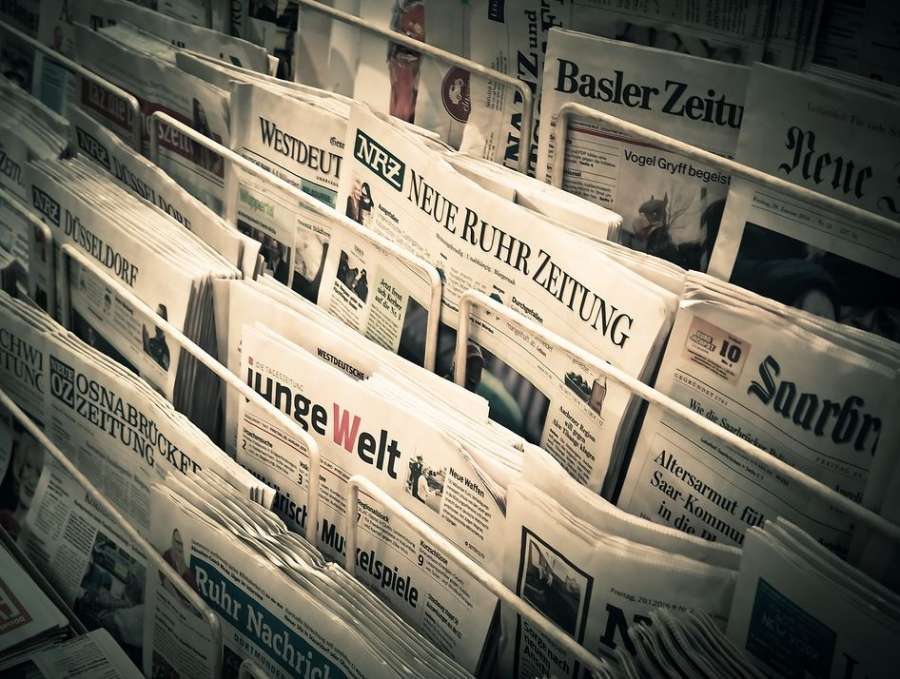Paraguay paraguay
Wikipedia
Paraguay avanza hacia una democracia consolidada y estable. Las misiones internacionales enviadas para observar las elecciones de 2013 calificaron el proceso electoral de transparente y representativo. Al asumir el cargo, el presidente Horacio Cartes declaró que la lucha contra la pobreza extrema en Paraguay sería la principal prioridad de su gobierno. La adopción de un Plan Nacional de Desarrollo ha contribuido a mejorar la coordinación de los donantes.
Aunque Paraguay alcanzó una notable tasa de crecimiento económico -más del 13%- en 2013, sigue siendo uno de los países más pobres de Sudamérica, con un PIB per cápita de unos 3.800 dólares. Según el índice de Gini, Paraguay es el undécimo país más desigual del mundo en cuanto a la distribución de los ingresos. Casi el 40% de los paraguayos vive por debajo del umbral de la pobreza, principalmente en las regiones rurales, y alrededor del 18% vive en la pobreza extrema. Las comunidades indígenas (113.000 personas) tienen una mínima seguridad en sus medios de vida. Las altas tasas de crecimiento económico alcanzadas en los últimos años no han contribuido al desarrollo sostenible.
Bandera de paraguay
Lema: “Paz y justicia” (español) “Paz y justicia “Himno: Himno Nacional Paraguayo (español)Ubicación de Paraguay (verde oscuro)en Sudamérica (gris)Capitaly ciudad más grandeAsunción25°16′S 57°40′W / 25.267°S 57.667°W / -25.267; -57. 667Idiomas oficialesGrupos étnicos (2019[1])Religión (2018)[2]Demónimo(s)paraguayoGobiernoRepública presidencial unitaria- Presidente Mario Abdo Benítez- Vicepresidente Hugo Velázquez
Paraguay es un país en vías de desarrollo[13]Es miembro fundador del Mercosur, de las Naciones Unidas, de la Organización de Estados Americanos, del Movimiento de los No Alineados y del Grupo de Lima. Además, la ciudad de Luque, en el área metropolitana de Asunción, es la sede de la Confederación Sudamericana de Fútbol.
La mayoría de los siete millones de habitantes de Paraguay son mestizos, y la cultura guaraní sigue teniendo una gran influencia; más del 90% de la población habla varios dialectos de la lengua guaraní junto con el español. A pesar de una historia de pobreza y represión política, en un Índice de Experiencia Positiva de 2017 basado en datos de encuestas globales, Paraguay se clasificó como el “lugar más feliz del mundo”[14][15].
Paraguay facts
No consensus has been reached regarding the etymological origin of the name Paraguay, although it is known that it comes from the Guaraní language: paraguái, a toponym that is often translated as “river that originates a sea”, “water of the paraguaes”, “crowned river” and even the name of a supposed cacique of the region: paraguaio.
Paraguayan culture is mestizo and relatively homogeneous, although there are no references in the nation to the concepts of mestizaje or hybridization, of vital importance in other Latin American countries.
There are reminiscences of the European culture brought by the Jesuits, such as the Catholic religion (followed by 90% of the population) and Christian (6.2%) or evangelical (1.1%), which coexist with indigenous religions.
The arts in Paraguay flourished during the 20th century, especially cinema, thanks to numerous co-productions with Argentina and Brazil, until it gained a certain prominence at the beginning of the 21st century, with a wave of new and young directors such as Gustavo Delgado, Juan Carlos Meneglia and Tana Schémbori.
Asunción
The original name comes from the Guaraní toponym paraguay, considering that the Guaraní “Y” (ɨ in the international spelling) does not have the same pronunciation as the Castilian “Y”, since it is a guttural vowel of the central closed type not rounded.[20] No definitive conclusion has been reached on the origin of the name Paraguay. The most common interpretations throughout national history suggest:
Due to their basic economic organization and demography, the Guarani became quasi-state organized, with chiefs called mburuvichás or tuvichás. There is even talk of a pre-Columbian civilization in what is now Eastern Paraguay. In fact, graffiti have been found in various areas of Paraguay, in what are now cities, such as Tacuatí and Paraguarí, among others, although the exact ethnic groups that made them cannot be determined.
After an interregnum, Domingo Martinez de Irala imposes himself and occupies the place left by Mendoza. He arrived in Asunción and almost immediately had to face an attempted uprising of the Carios in 1539, which was discovered and defeated. In 1541 the remnant of the population of Buenos Aires arrives in Asunción and this acquires the rank of city. However, a great fire almost destroyed the entire city in 1543.






